ARRL Represented at IEEE Symposium in Boston

07/13/2018
ARRL was on hand in Boston July 8 – 13 for the Institute of Electrical and Electronics Engineers (IEEE) Antenna and Propagation Society (AP-S) Symposium, held jointly held with the US National Committee of the International Union of Radio Science (URSI). The ARRL exhibit included an Amateur Radio special event demonstration station, N1P, and more than a dozen volunteers staffed the ARRL exhibit.
“We had a very attractive booth in a great location,” said ARRL Eastern Massachusetts Assistant Section Manager Phil Temples, K9HI. “Engineers and scientists in the fields of antennas and propagation who attended from all over the world stopped by the ARRL table to see and learn about Amateur Radio.”
Temples said ARRL Headquarters provided supplies for the booth as well as display copies of publications, “which doubled as door prizes for drawings,” he added. Complementing volunteers from the ARRL Eastern Massachusetts Section were radio amateurs attending the conference who donated their time between talks and seminars to assist with the booth and greet fellow attendees.
“It was clear to me that our presence at the symposium meant a great deal to the IEEE AP-S/URSI leadership,” Temples said. “It’s difficult to have a ‘live’ Amateur Radio station in an exhibit area of a major hotel, so we were indeed fortunate to have access to one of the premiere contesting stations in New England through a remote internet HF setup, courtesy of Yankee Clipper Contest Club member Greg Cronin, W1KM.” Temples said YCCC president Dennis Egan, W1UE, supplied an Elecraft K3 to use on site.
In addition, ARRL Volunteer Examiners conducted separate Amateur Radio licensing exam sessions over two days at the conference thanks to the efforts of the Eastern Massachusetts Amateur Radio Group and Lou Harris, N1UEC. More than a dozen attendees took advantage.
“The IEEE AP-S/URSI hams who will organize next year’s event hope to secure the call sign N4P and recruit local volunteers when the symposium moves to Atlanta, Georgia, in 2019,” Temples said. He expressed gratitude to Dave Michelson, VA7DM, an Associate Professor of Electrical and Computer Engineering at the University of British Columbia and who chaired the IEEE’s AP-S/URSI Joint Meetings Committee, for his help in coordinating the Amateur Radio display. “Thanks also go to San Diego Section Manager Dave Kaltenborn, N8KBC, and Michelle Thompson, W5NYV, who advised us following the 2017 ham radio effort.”
—ARRLWeb, http://www.arrl.org/news/arrl-represented-at-ieee-symposium-in-boston
[Additional photos can be viewed on the Eastern MA ARRL Facebook page, at: https://www.facebook.com/EasternMaARRL/]
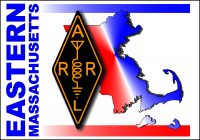

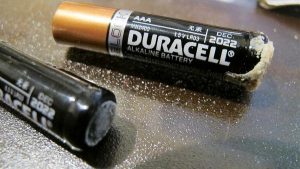

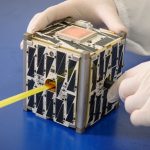

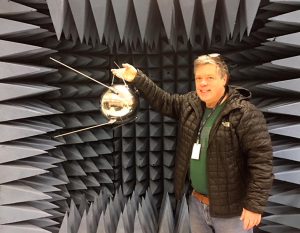
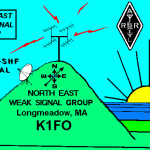
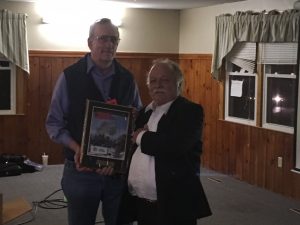
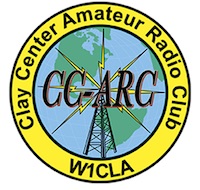 Bob Phinney, K5TEC writes in the Clay Center ARC mailing list:
Bob Phinney, K5TEC writes in the Clay Center ARC mailing list: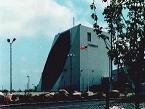 David Wolfe, KG1H writes:
David Wolfe, KG1H writes: The
The  Ubuntu Linux enthusiasts are holding the first-ever
Ubuntu Linux enthusiasts are holding the first-ever  The
The